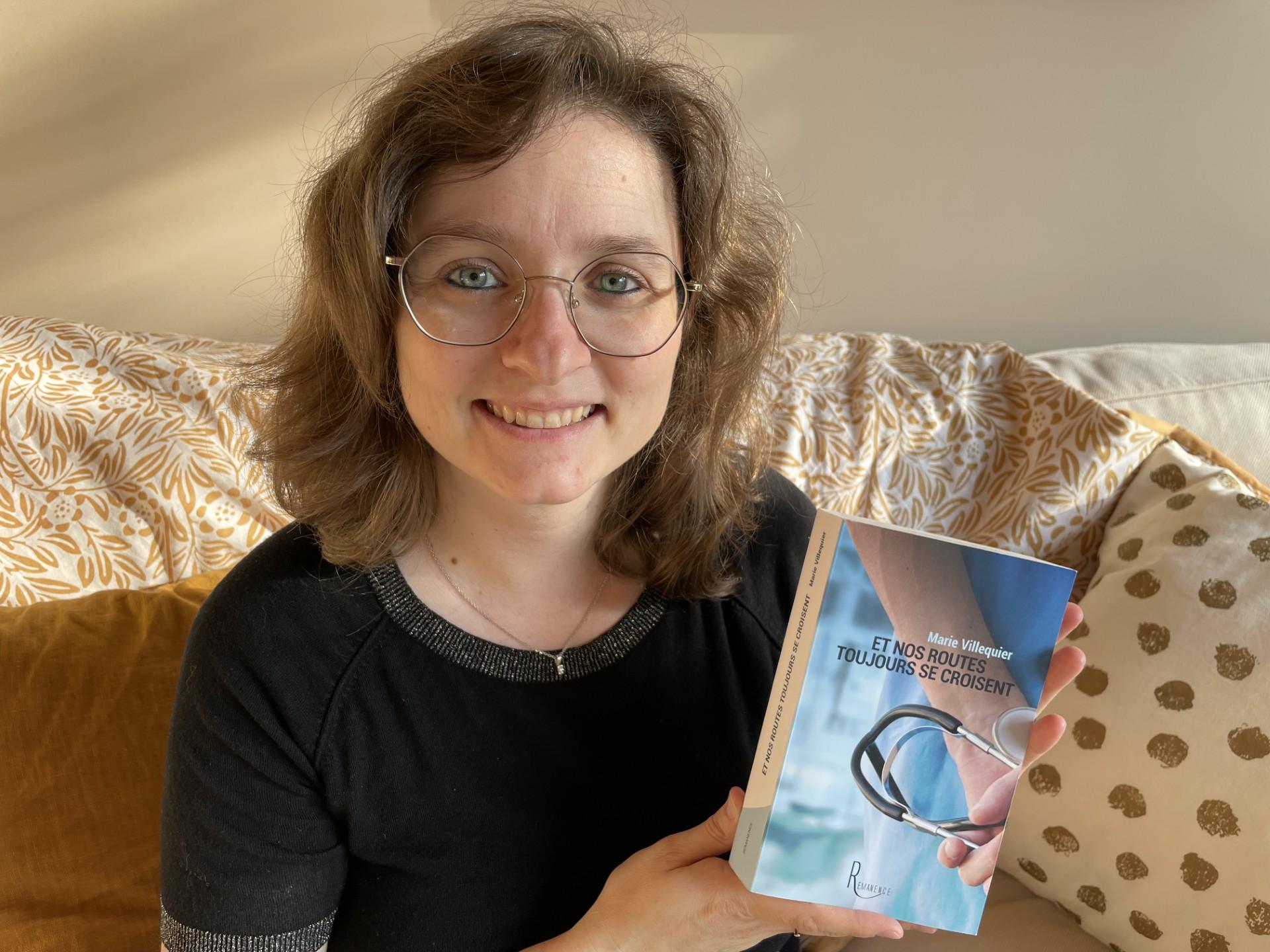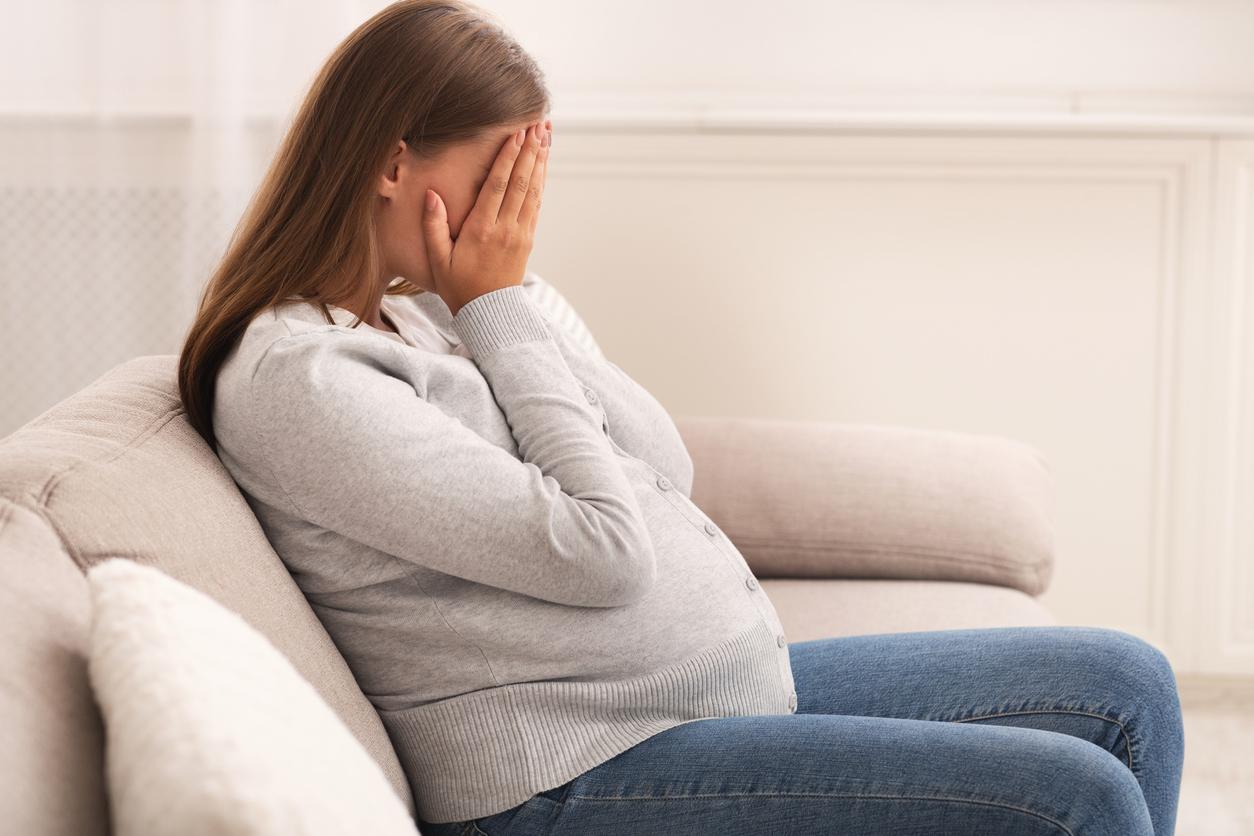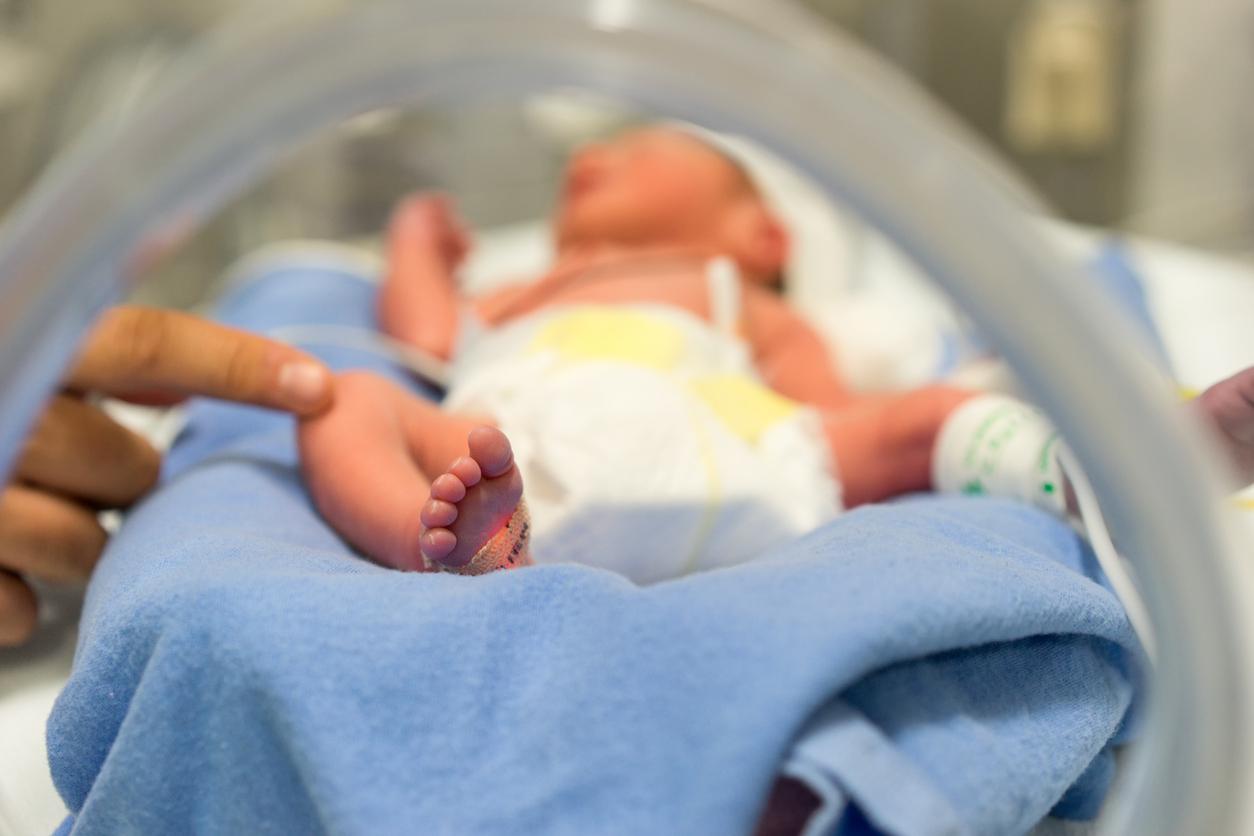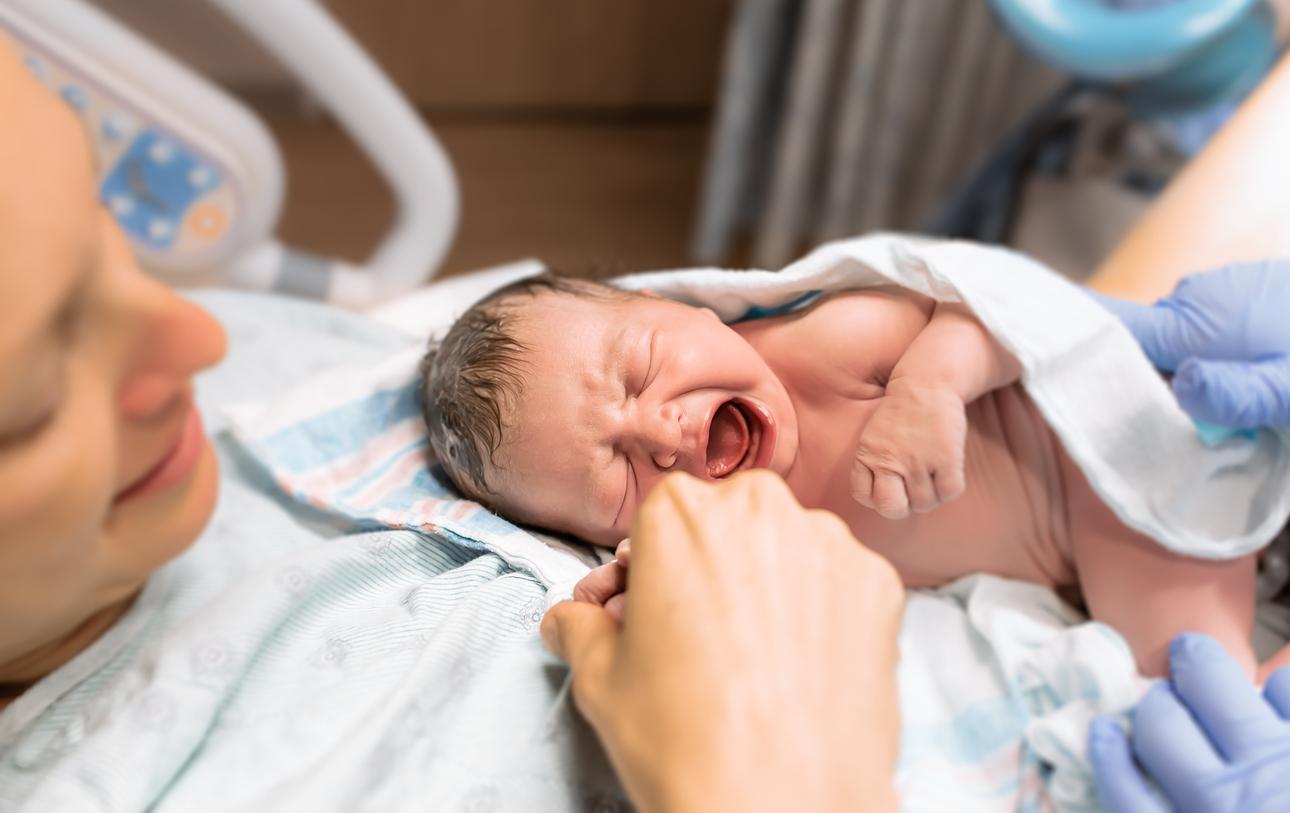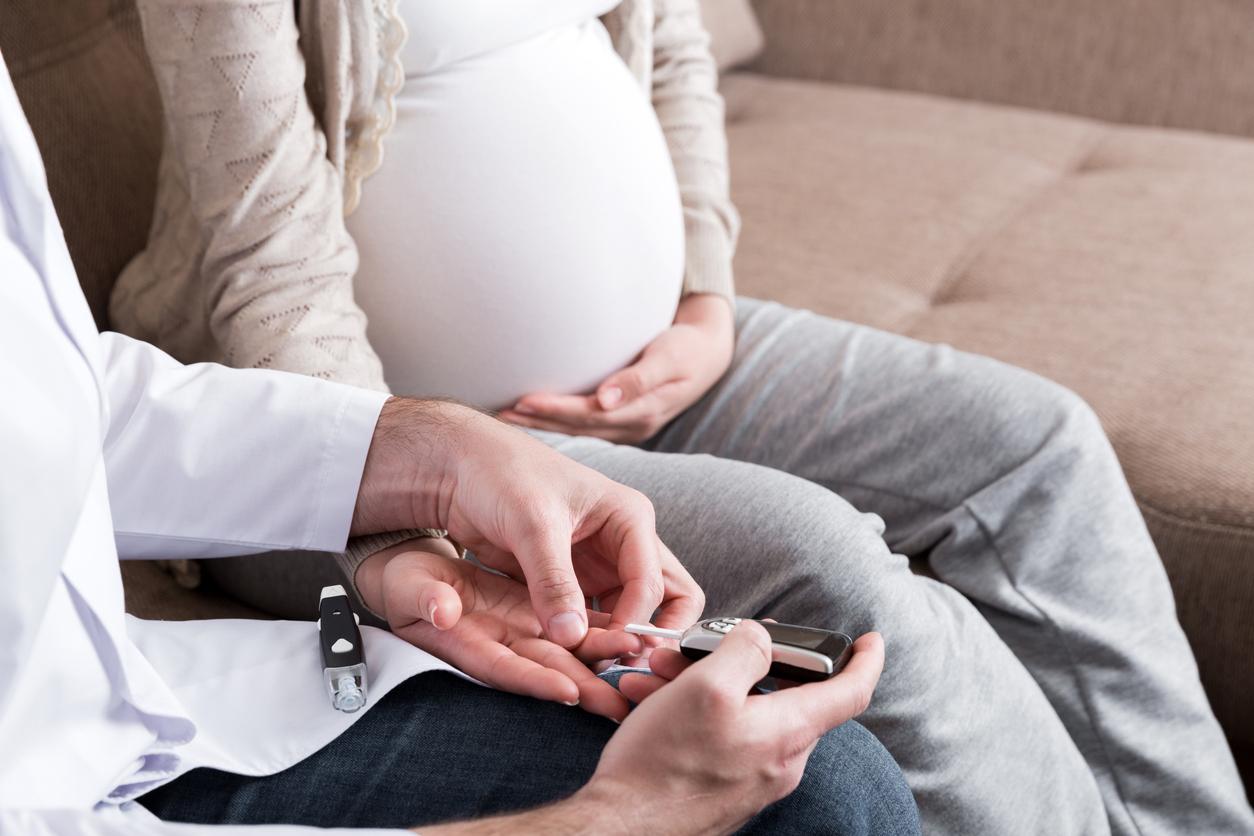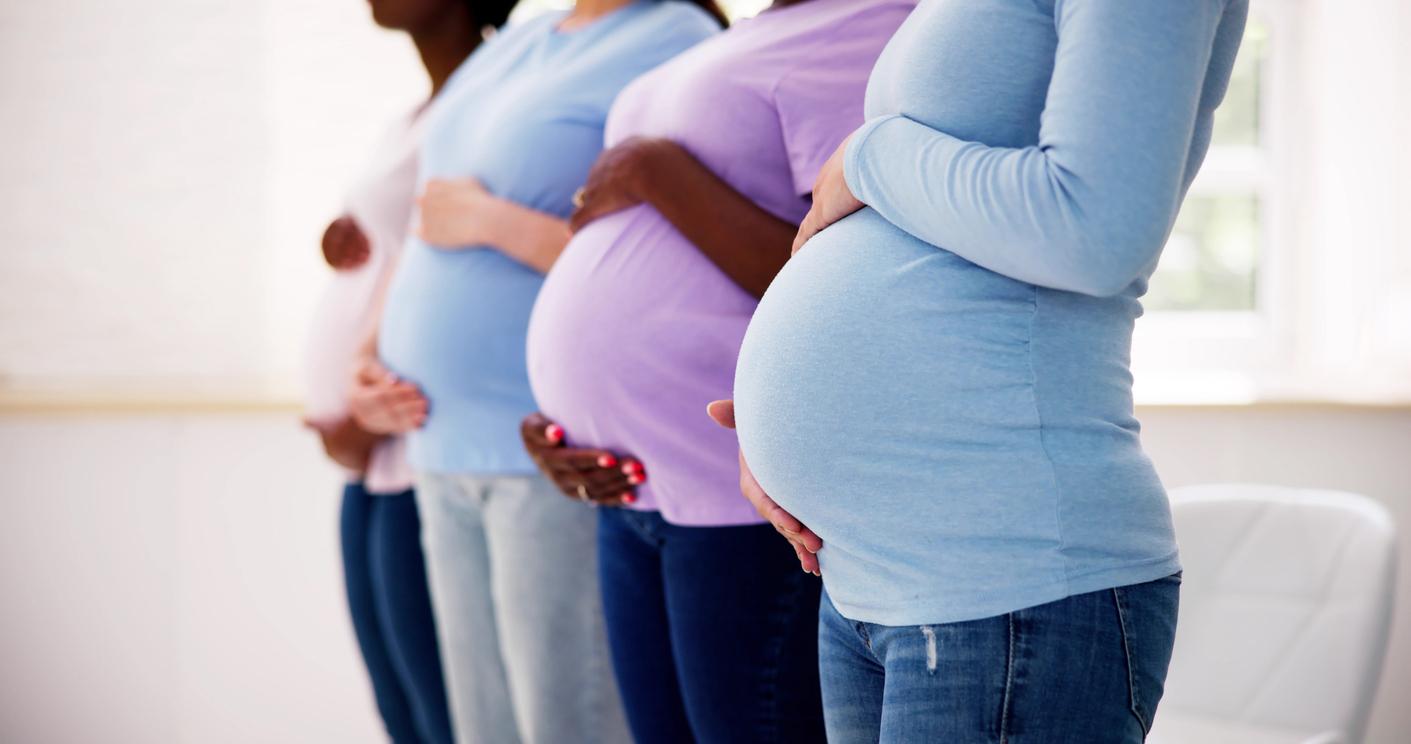By delaying their pregnancy for a few years, the mothers of an autistic child reduce the likelihood that their future baby will also be a carrier of this disorder.
-1629968096.jpg)
- Covering 925,000 births registered in Denmark, Finland and Sweden, the study shows that waiting 2.5 to 3 years to conceive another child reduces the risk of having another autistic child by an average of 5 to 9 %.
- On the other hand, a pregnancy occurring within three months after delivery increases the risk by 50%. Children born five years later also have a 24% increased risk of developing ASD.
Still sometimes today mistakenly considered a psychiatric illness, autism is actually an early disorder of brain development, which affects in particular the formation of neural connections. Autism spectrum disorder (ASD) is characterized by qualitative alterations in social interactions, communication problems and behavioral disorders, and is most often accompanied by learning difficulties. In France, it is estimated that these heterogeneous and pervasive disorders currently affect 1% of the population, or around 600,000 people in France.
Conducted in collaboration with the Telethon Kids Institute and published in AutismResearcha study conducted by Curtin University (Australia), finds a significant link between the time between pregnancies and the odds of a sibling also being diagnosed with autism.
“Our research found that siblings of children with autism were less likely to be diagnosed on the spectrum if there was a 30-39 month gap between the two pregnancies”develops lead author Gavin Pereira.
50% additional risk of autism for a pregnancy 3 months after childbirth
To reach this conclusion, the researcher and his team analyzed more than 925,000 births in Denmark, Finland and Sweden. Of these, more than 9,300 resulted in a subsequent diagnosis of childhood autism spectrum disorder.
The results showed that waiting 2.5 to 3 years to conceive another child was considered the optimal time frame, potentially preventing 5% of autism cases in Denmark, 8% in Finland and 9% in Sweden. on average.
“In the general population, this study also showed that children born to mothers who became pregnant again three months after giving birth had a 50% increased risk of being diagnosed with autism, and those born five years later had a 24% increased risk”note the authors.
According to Professor Pereira, the most surprising is that this research identifies not only genetic and biological factors in autism, but also an environmental link. “The results of this large-scale, multi-country research can help inform family planning counseling, especially for families who are already at higher risk due to a genetic history of neurological conditions.”he believes.

.







